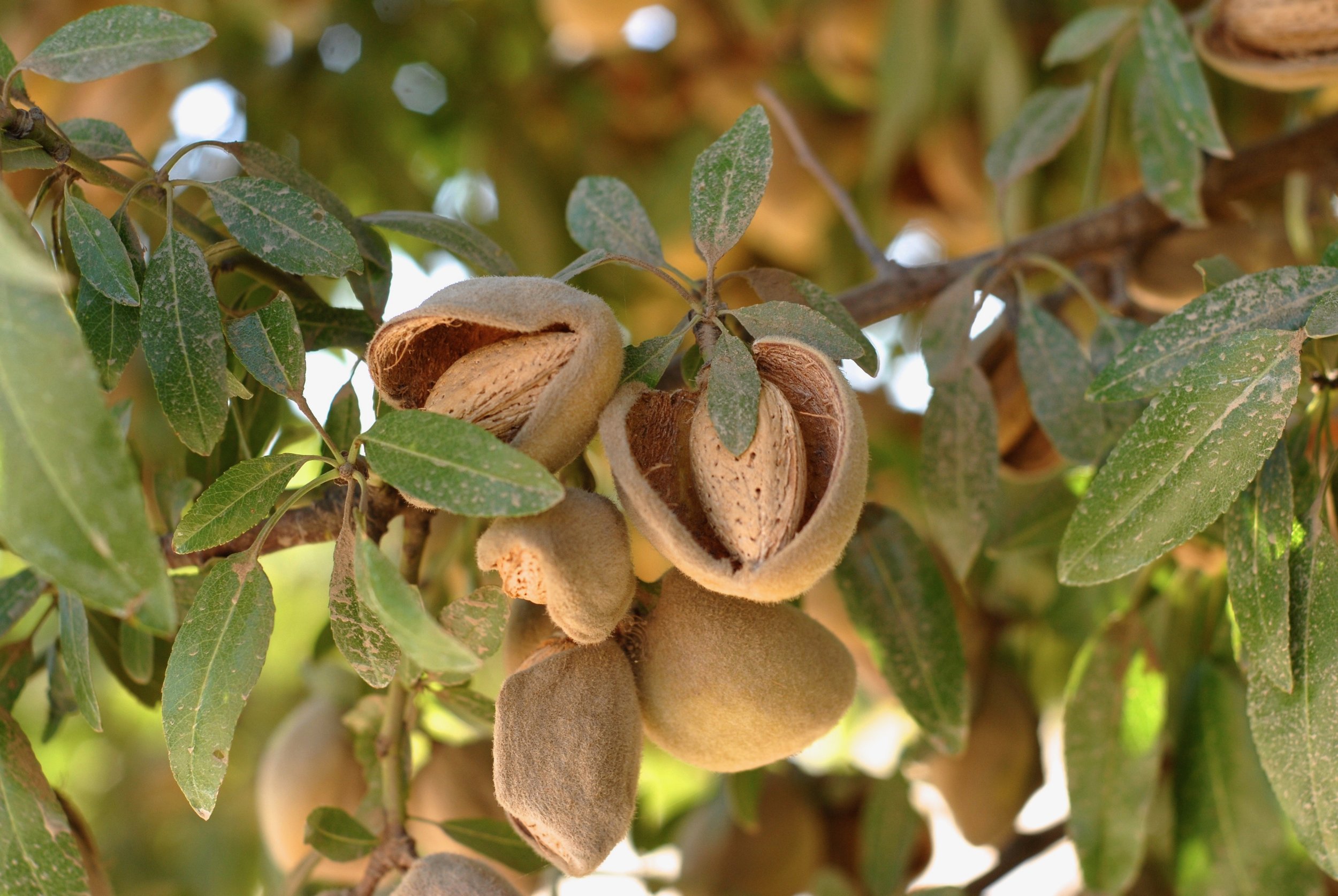California Almond Water Usage
This page was updated on September 23rd 2024.
Given their vast acreages and high water requirements, almonds are a controversial crop in California. They’ve also sparked disputes because they are largely an export crop, with 80% of the annual harvest shipped overseas. Here are some basic facts about almonds and water.
Q: How much of California’s developed water does agriculture use compared to its percentage of the economy? (Developed water is water used by humans and does not count environmental uses and/or water that runs to the ocean or alkali lake beds.)
A: Agriculture uses 34 million acre-feet of water (or 80% of the 43 million acre-feet of California’s developed water supply), but contributes only 2% to the California economy.
Q: How many acres of almonds have been planted in the last 17 years?
A: According to the California Department of Food and Agriculture, almond acreage went from 640,000 acres to 1,640,000 acres between 2004 and 2021. San Joaquin County alone went from 1,757 acres to 43,121 between 2008 and 2021.
Q: How much of California’s developed water supply do almonds use?
A: Almonds use approximately 4.9-5.7 million acre-feet of water per year, which is up to 17% of the total agricultural water use in California and 13% of the total developed water supply.
Since California’s developed water supply is 43 million acre-feet, 5.7 million acre-feet is 13% of the total developed water supply in California, or conservatively 11% of the total supply.
The Bottom Line
Total residential indoor water use in 2020 was 5 million acre-feet. Almonds use roughly the same amount of water as total indoor water use in California. This is unsustainable.
There are simply too many almonds being planted in areas with unsustainable water supplies (minimal to no groundwater, uncertain or no surface water). Many of these areas are south of the Delta. Almonds and other nuts can be grown responsibly in the eastern Sacramento Valley, as they have been for decades.
We’re not opposed to growing almonds; we’re opposed to growing them unsustainably and taking water away from the environment and our cities. Almonds are a luxury and export crop; approximately 70% of the state’s crop is shipped abroad for the express benefit of a handful of industrial-scale growers and hedge funds.
Water is a public trust resource, and Californians must regain control of it as they face a future certain to be beleaguered by drought, low reservoirs and over-drafted aquifers. We can't continue to subsidize agribusiness plutocrats with the water ratepayers need for basic survival.
Calculation basis
Almonds use approximately 3 to 4 acre-feet of water per year. We have assumed 3 and 3.5 acre-feet for this calculation since most of the almond acreage is south of the Delta where it requires up to 4 acre-feet per year. Additionally, some acreage is not fully mature and would not use a full acre-feet per year.
1,640,000 acres of almonds x 3.5 acre-feet = 5.7 million acre-feet or, conservatively, 1,640,000 acres of almonds x 3 acre-feet = 4.9 million acre-feet.
5.7 million acre-feet is 17% of the total use of agricultural water (34 million acre-feet) in California.
4.9 million acre-feet is 14% of the total use of agricultural water.

